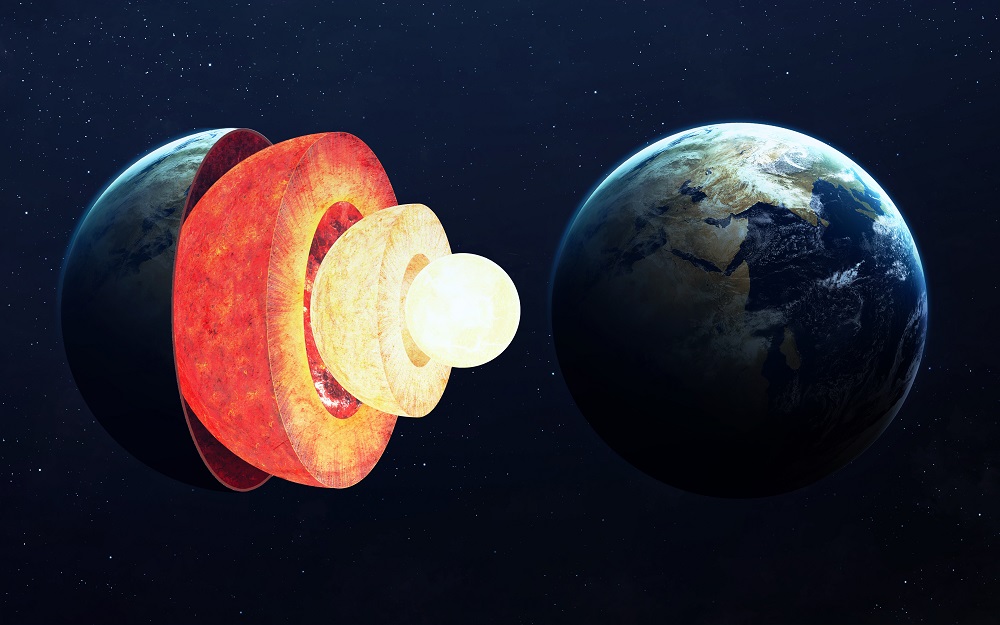Ultra-Low Velocity Zones
Recent scientific research has uncovered a fascinating discovery deep within the Earth, challenging our existing knowledge of its geological processes. Hidden beneath the Earth’s surface, mountains of enormous proportions have been found, towering over even the renowned Mt Everest. These enigmatic underground structures, known as ultra-low velocity zones (ULVZs), are located approximately 2,900 kilometers within the Earth.
The Remarkable Discovery
Through seismic data analysis using a high-definition imaging method, scientists have succeeded in identifying the presence of mountains hidden deep inside the Earth. These ULVZs, previously unknown to humanity, were detected through seismic data generated by earthquakes and atomic explosions.
The Characteristics of ULVZs
ULVZs exhibit unique features that set them apart. Anomalous zones of material at the core-mantle boundary have been observed, with a thickness ranging from a few to tens of kilometers. The heights of these underground mountains reach astonishing levels, sometimes surpassing 3-4 times the height of Mt Everest.
The Formation of Underground Mountains
Researchers believe that these ancient formations originated from the interaction of oceanic crust with Earth’s interior. One hypothesis suggests that oceanic crust was forced into the Earth’s interior, while another theory proposes that tectonic plates slipped down into the Earth’s mantle, sinking towards the core-mantle boundary. Over time, these processes likely led to the gradual formation of an assortment of structures, resulting in the presence of underground mountains and peculiar blobs within the ULVZs.
The Role of ULVZs in Earth’s Processes
ULVZs are expected to play a critical role in regulating the escape of heat from Earth’s core. Their presence and composition contribute to the complex inner morphology of our planet. The interaction between these underground mountains and the surrounding materials influences the dynamics of Earth’s geological processes, further emphasizing the intricacies of our planet’s internal mechanisms.
Month: Current Affairs - June, 2023
Category: Science & Technology Current Affairs


